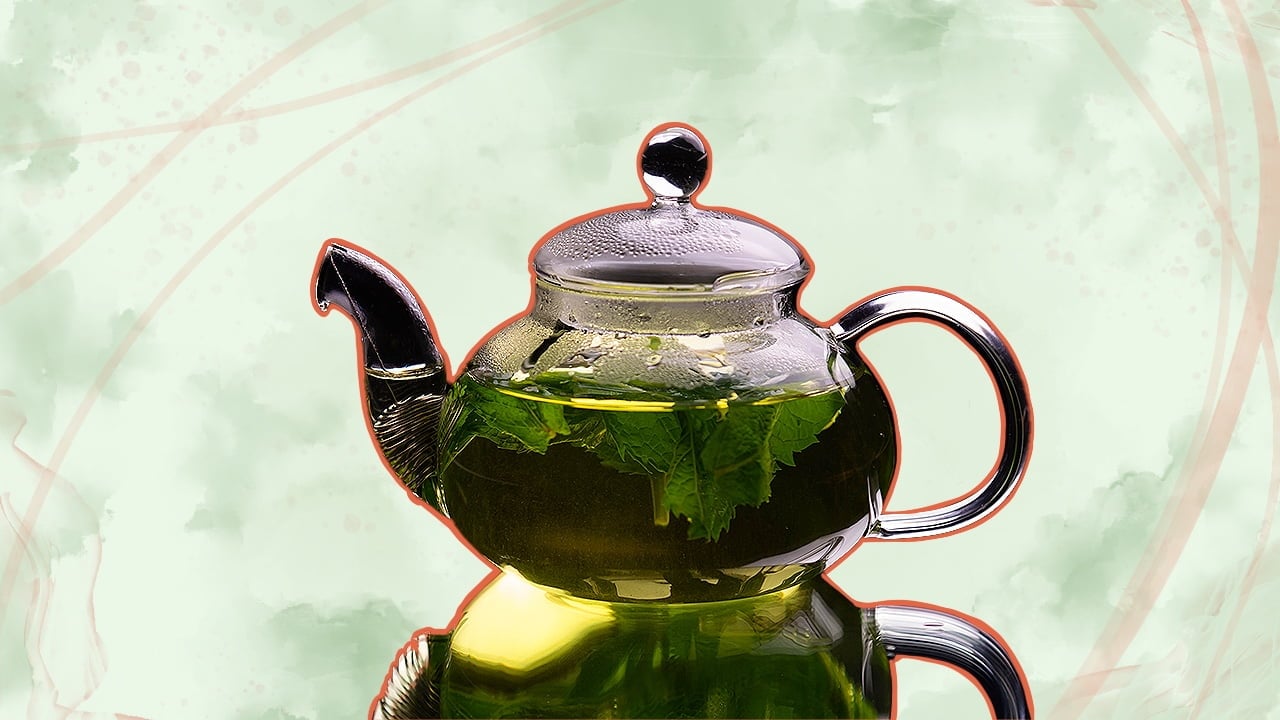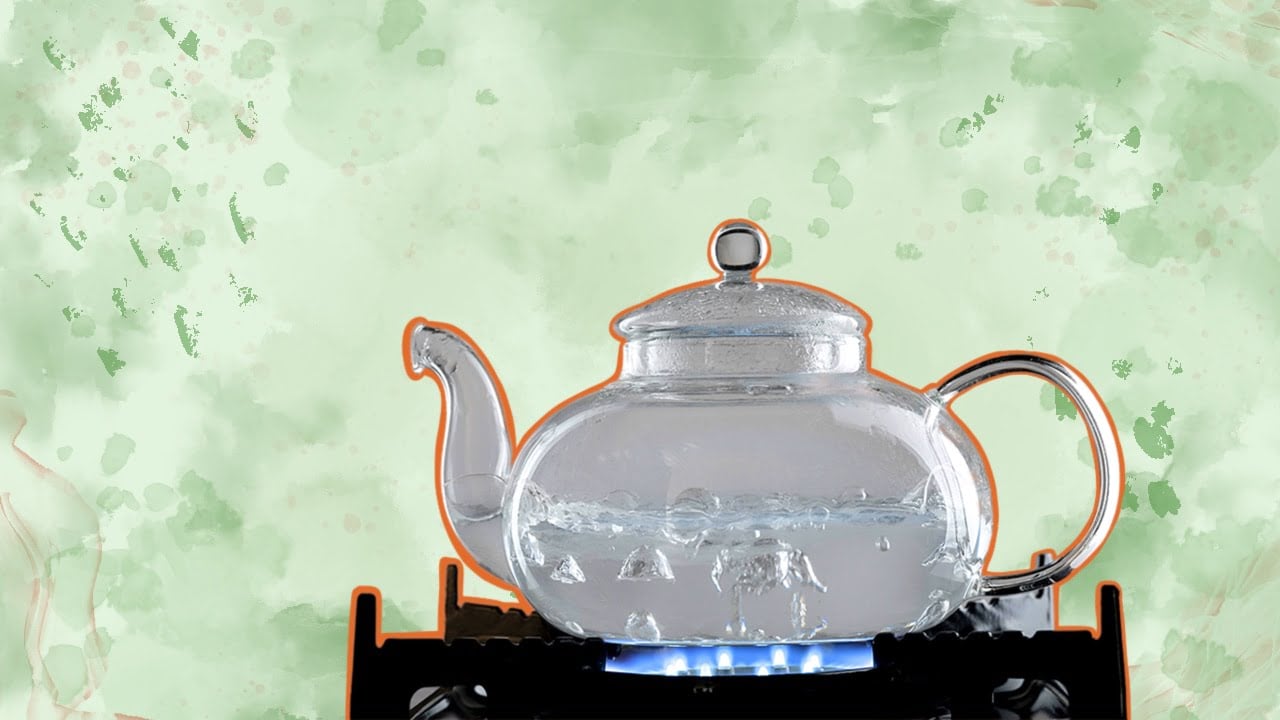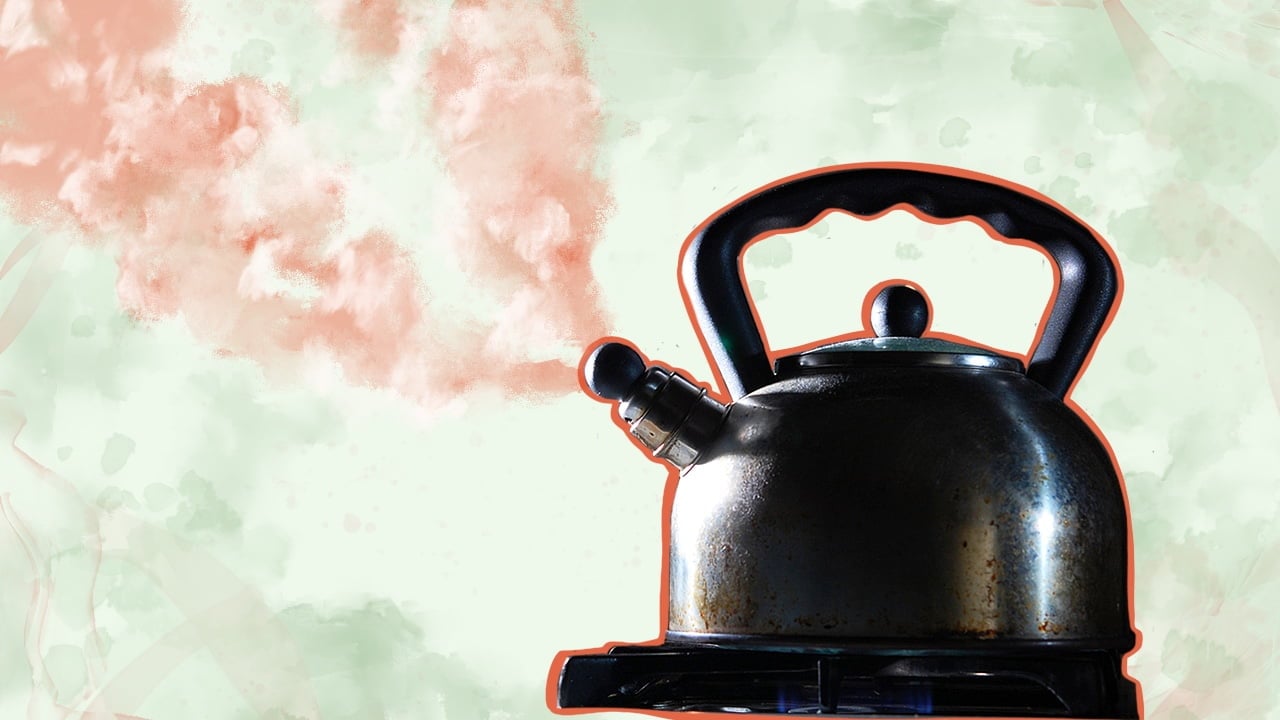Do Kettles Boil At Different Temperatures? | A 2023 Guide
We were taught at a young age that water boils at an energy of 100 degrees Celsius, or 212 degrees Fahrenheit, and that’s still true! But kettles boil and heat liquids at different temperatures, depending on a few factors. Factors like the power of heat and material are things to consider when you want to […]

Do All Kettles Boil Water to the Same Temperature?

What Materials Are Different Kettles Made Of?
Kettles heat water differently depending on the type of metals or material they are made of. Check out the best electric kettles for your home or office. Let’s find out how they contrast from each other:Steel
Steel is a form of alloy made of iron and carbon. This combination makes steel a strong material in many kitchen appliances, including kettles. Steel also conducts more heat and keeps hot tea or water, making it a reliable material for any hot-temperature liquid. Plus, steel is the most sustainable. It is reused and recycled all the time. The only downside is steel tends to rust due to its high iron content, making it dangerous to heat water consistently.Stainless Steel
The difference between steel and stainless steel is the latter has at least a 10.5% chromium content that reacts with oxygen, resulting in a protective layer making it resistant to rust. That is why most kettles are made of stainless steel, aside from their quick heating and heat retention abilities in temperature. This kettle is known to last longer, is easy to maintain, and does not absorb residual odors and flavors. Plus, they are lightweight and add a classic polished look to your kitchen countertop.Cast Iron
Cast iron is another strong material used in making electric kettles. However, because they tend to rust, they may not be the healthiest kettle for heating water or tea. It heats liquids well and boils well, making it a good material for warm-temperature liquids! However, If you do not regularly clean your cast iron kettle, you might experience an unpleasant aftertaste in your hot beverages.Silver
Silver is another good conductor of heat. But compared to other materials, they’re not the sturdiest. Silver heats and boils water well, hence why it is one of the more popular materials to use when producing equipment. A silver kettle may look nice and shiny but is prone to scratches when not handled carefully. Plus, silver can be very expensive!Aluminum
Aluminum is used for cans, kitchen utensils, and many other products, including a kettle. With how well aluminum conducts heat and boils water, it is no surprise that the material is often a popular choice for manufacturers! Water boils fast in an aluminum kettle. This metal is resistant to rust, scratches, and stains. They are lightweight and easy to handle too.Copper
Kettles heat water faster in copper than aluminum, even when pouring cold water into the kettle. This means it even boils better than aluminum! In addition, Copper does not contain iron either, so it does not rust.Glass
Glass is a popular option used to make an electric kettle. Most kettles are made with tempered glass or borosilicate glass. Glass kettles are great at tolerating high heating up to 170 degrees Celsius. And generally, they heat water faster. Aside from that, glass kettles are dishwasher-safe, easy to clean, and not prone to limescale build-up. The only downside is they are more fragile and are likely to break and shatter. So best be extra careful when pouring!Why Are Some Kettles Hotter Than Others?
As the kettle boils, those with a stainless steel outer reach a hotter temperature fast. So keep your kids out of the kitchen! Other factors that might affect how hot your kettle gets as you pour water out:- If your kettle is pre-heated before you fill it with cold water for boiling
- The volume of water in your kettle
- If you’ve allowed your kettle to cool down in between uses
Do Kettles Heat the Water Evenly?
Kettles heat tea or water evenly through convection. The principle of convection means water heats up in a circular pattern around its base. As the water or tea heats up in a pot or kettle, it rises to the top and then sinks back down, causing a continuous cycle of heating throughout the interiors of the kettle. The longer you keep the water to a boil, the more pressure increases, and more energy is created to distribute the heat uniformly.What Are the Different Temperatures to Remember When Boiling Water?
Various factors affect how boiled water or tea is achieved. These factors include elevation, atmospheric pressure, and air temperature. At sea level, which is an elevation of zero feet, the boiling point of water is 100 degrees Celsius, or 212 degrees Fahrenheit. This is the normal case. As elevation and air pressure increase, the boiling point of water drops. For example, if you are 1,000 feet above sea level, water will boil at a different temperature of 194˚F. This is usually true in a high-altitude area with less oxygen and more air pressure. Water boils at a lower temperature than normal. In other cases, water will take much longer to boil when the cold temperature drops below the freezing point. That’s, of course, the ice crystals that are reducing the heat.
How Do I Know When the Water Has Reached the Boiling Point?
Once you’ve filled up your kettle with water or tea and you switch the kettle on, it will only take minutes for it to boil. The easiest way to know if tea or water has reached its boiling point is to measure the temperature of the hot water with a thermometer. The boiling point is the right temperature at which your water or tea begins to bubble and create steam. This happens as the molecules transfer more energy to each other. This energy transfer creates air pressure A few things can happen when a kettle boils water that you can observe:- Bubbles forming
- Water turns into gas or steam
- The vapor pressure of the water is equal to its surrounding air pressure
- The temperature of the water no longer increases
What Is the Desired Temperature for Water to Be Used for Tea and Coffee?
Temperature control is crucial for a cup of brewed drink to taste its best! A different temperature will yield a different flavor. For instance, black tea leaves are best hot between 160˚F and 190˚F. Green tea should be brewed for only a few minutes and at a temperature of 160˚F. Others prefer to have their tea hotter at 175˚F for only a full minute. Regarding coffee, the ideal water temperature for extraction is between 195°F and 205°F. However, you might need to raise or lower the temperature of your brew depending on your coffee flavor preference. A lighter roast needs a slightly higher temperature. This extra heat helps speed up the extraction process. A darker roast should have a lower temperature. This allows the kettle to avoid over-extraction and bitter flavors. Check out these best small electric kettles for your convenient tea and coffee-making!Kettles Boil At Different Temperatures FAQs
We’ve got you covered with FAQs on whether or not a kettle’s temperature varies in specific circumstances. Check these out!
Can a kettle boil water at 100 ˚C at all times and places? No. The temperature at which a kettle can heat water will depend on its air pressure at different altitudes.
From Mount Everest to the Dead Sea, water’s boiling point will vary from just below 70 ˚C to over 101 ˚C.
For pure water to boil at sea level, your kettle must heat to 100 °C. Tap water, however, has many impurities, including microbial and organic contaminants in the water.
You may even find chlorine and fluoride too. These, taken in large quantities, can be toxic.
Impurities present in any liquid will raise its boiling point. Thus, it will take a temperature of more than 100 °C to boil tap water in a kettle.

